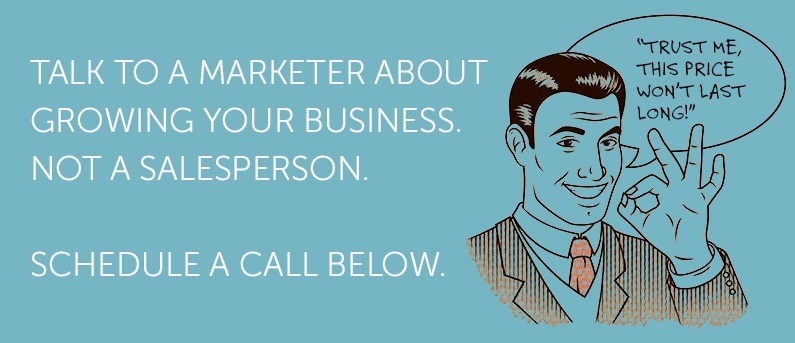Each sale (or buying decision) involves a process. Before someone can become your customer, they must first go through several stages of learning about your company, considering the solutions you provide and deciding whether they want to commit to a purchase.
Not every lead ends up buying, of course. People drop out of the process at every stage of the sales cycle. And that means, at any given time, you are going to have far more people in the early stages of the process than in the later stages.
The Sales Funnel
Because of this, the sales process is often referred to as a "sales funnel." Initial leads start at the top of the funnel; since this is the largest number of people, it occupies the widest part of the funnel. Many of those people go no further in the process--you could say that they leak out of the funnel--while the rest slide down to the next step in the funnel.
Though there are different ways to define the steps in the sales funnel, all funnels have general top, middle and bottom sections:
- The top of the funnel includes new leads or prospects. Some of these people may have only a limited interest in what you have to offer, or may simply misunderstand what it is that you do offer. Others may be interested, but not have the authority to make a decision or the resources to make a purchase.
- The middle of the funnel should contain only qualified prospects--those who have the ability to buy and a reason to be interested in what you have to offer. Salespeople should work to determine their needs and propose a solution.
- The bottom of the funnel is where you answer objections for those who are interested in your proposal and close the sale. At the very tip of the funnel are those happy few who go all the way through the process and become customers.
Improving the Sales Funnel
Fully understanding your company's sales funnel can help you optimize your sales process, resulting in better efficiency and more customers.
For starters, at the top of the funnel, you want your marketing department to provide more leads and better leads. You want your sales team to be busy, but busy with people who have a high probability of buying. Identifying the characteristics of your ideal lead, or the type of person most likely to continue down the funnel, can help you improve productivity.
In the middle of the funnel, your salespeople need to know what steps are required to properly understand and educate prospects. Identify their needs and show how you have the best solution to their problems, and you will be almost certain to get the sale.
At the bottom of the funnel, you need to know how to close the sale and ensure proper follow-up. After all, you don't just want sales; you want satisfied repeat customers, and people who will provide referrals to help refill the sales funnel.
And throughout the sales funnel, you want to manage leaks. This doesn't necessarily mean limiting leaks, as you want those who are not qualified prospects to exit the funnel quickly and not waste your sales team's time. But you don't want good prospects to leave for the wrong reasons, and you don't want anyone to leave with a negative impression of your company. After all, they could re-enter the sales funnel later, or influence others through word-of-mouth.
Manage these things, and you will have a healthy and productive sales funnel--which means you'll also have a productive sales team and healthy company.
*Image courtesy of freedigitalphotos.net

